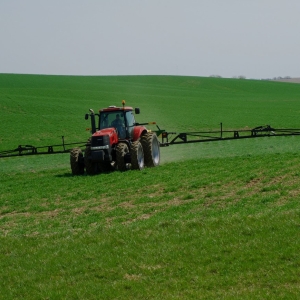 https://www.circleofblue.org/wp-content/uploads/2024/04/farmer-in-field-1.jpg
869
1423
Keith Schneider
https://www.circleofblue.org/wp-content/uploads/2018/06/Circle-of-Blue-Water-Speaks-600x139.png
Keith Schneider2024-04-16 09:04:062024-04-18 10:33:38Despite $Billions Spent, Tide of Harmful Farm Pollutants Grows Ever Larger
https://www.circleofblue.org/wp-content/uploads/2024/04/farmer-in-field-1.jpg
869
1423
Keith Schneider
https://www.circleofblue.org/wp-content/uploads/2018/06/Circle-of-Blue-Water-Speaks-600x139.png
Keith Schneider2024-04-16 09:04:062024-04-18 10:33:38Despite $Billions Spent, Tide of Harmful Farm Pollutants Grows Ever Larger“What we’re up against” – North Dakota Towns Fight Farm Bureau to Keep Water Clean
Tiny Pelican Township gets dragged into national campaign to upend local zoning rules.
By Keith Schneider, Circle of Blue
November 1, 2023
Articles in this project are edited by Carey Gillam, managing editor of The New Lede.
DEVILS LAKE, ND – When Clark Steinhaus first heard about a plan to build a feeding operation for 2,499 hogs near the shoreline of North Dakota’s largest natural lake, he was alarmed. As chair of Pelican Township’s board of supervisors, Steinhaus worried the manure generated by so many hogs could easily contaminate area waterways, including 160,000-acre Devils Lake and its 375 miles of shoreline.
His concerns were not surprising given the fact that each year, U.S. industrial-scale feeding facilities – the standard for American meat and dairy production – generate, store, and spread millions of gallons of untreated liquid feces and urine across farmland. Mammoth dairy, hog, poultry, and beef cattle operations are notorious across Corn Belt states for fouling the air with rank odors and contaminating surface and groundwater with toxic nitrates, phosphorus, and bacteria.
“We got documentation from the pig boys’ engineers that said they’re going to build a 12-foot deep pit under the facility – four-inch concrete, no rebar, only wire mesh. No rubber lining,” said Steinhaus. “They were going to store millions of gallons of manure in that pit. Yeah. Water pollution is a concern here.”
The three-member Pelican Township board unanimously rejected the construction permit application in 2019, deciding it did not meet requirements of the applicable zoning ordinance.
The seemingly straight-forward decision on behalf of a tiny township that is home to only 23 residents came back to haunt Steinhaus, miring the township in litigation and dragging it into a sweeping campaign by the American Farm Bureau Federation to upend local zoning rules that aim to curtail industrial-sized animal agriculture across the United States.
The North Dakota Farm Bureau’s lawsuit against Pelican Township was one of three such lawsuits filed in North Dakota, and among many brought across US farm country as the Farm Bureau levers the courts, legislatures and elected leaders to impede regulation of large-scaled animal agriculture and the foul odors and mammoth waste stream that result.
Five years into its livestock expansion campaign, the Farm Bureau is steadily peeling away important state statutes that make this possible.
“Look at what we are up against,” said Steinhaus. “We have 23 residents in Pelican Township – 23 people live here. We were selling tickets to raffle for cash to pay our lawyers.”
The North Dakota campaign is led by the heaviest hitters in the state’s $9 billion a year farm sector: Daryl Lies, state Farm Bureau president; Doug Goehring, state Agriculture Commissioner and a former Farm Bureau vice president; and North Dakota Gov. Doug Burgum.
Neither the Farm Bureau nor the North Dakota Department of Agriculture agreed to answer questions about the effort to challenge local restrictions on industrial livestock operations. Four years ago, though, Lies explained the town-level legal strategy to a reporter from Ag Week, saying the bureau’s goal was to “get these kind of things nipped in the bud before they grow legs and move across the state.”
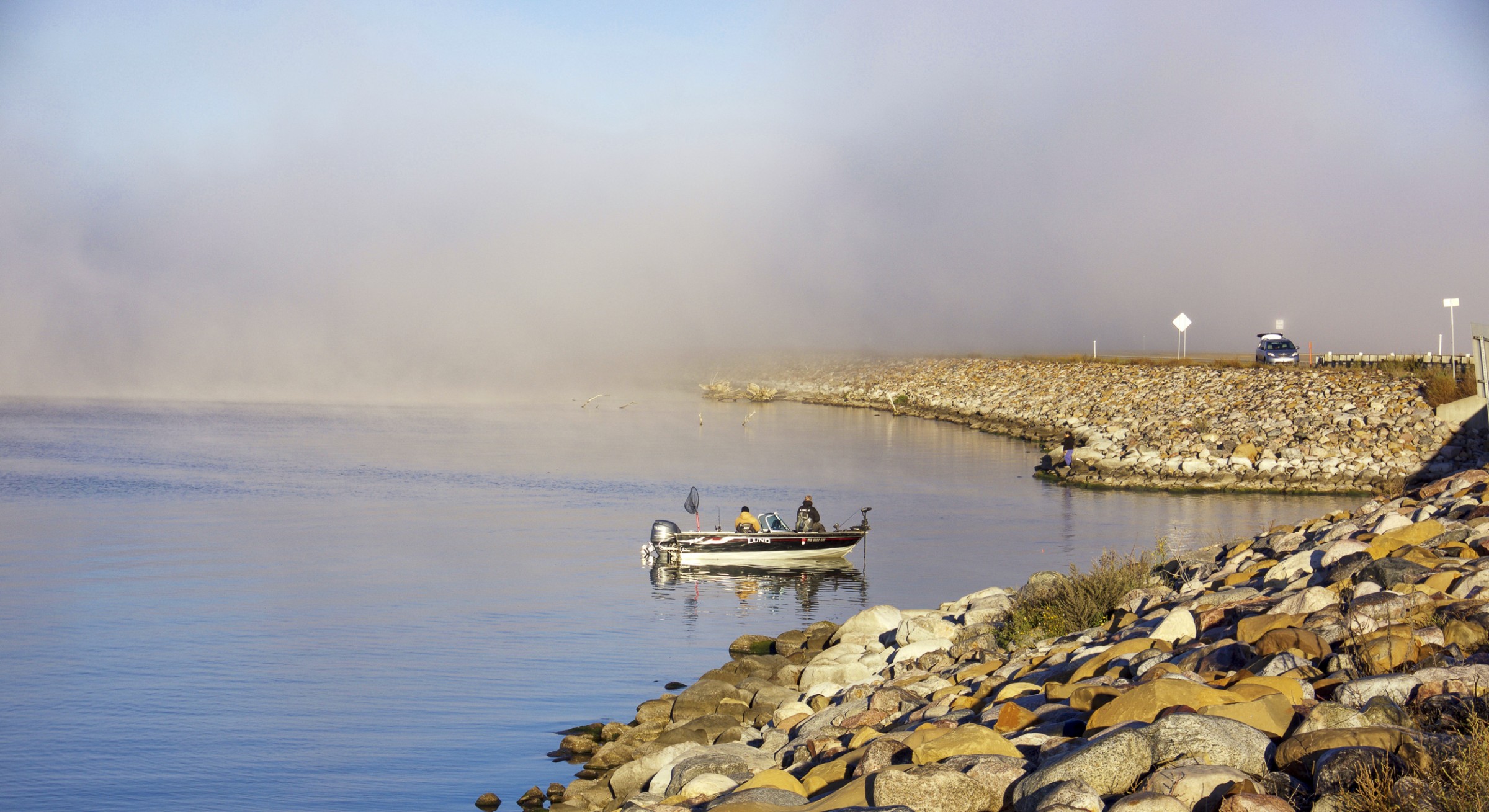
Devils Lake is North Dakota’s largest natural lake and one of the state’s popular recreational asset. Photo by Keith Schneider / Circle of Blue
A Top Asset
Devils Lake is among North Dakota’s top recreational assets. The lake remains reasonably clean in large part because North Dakota, an important grain grower, has fewer dairy cows, beef cattle, hogs and poultry than many other farm states. The state’s streams and ground water are cleaner than other Corn Belt states, according to state and federal data.
“Overall we have really good water quality here,” said Marty Haroldson, a water program manager at the North Dakota Department of Environmental Quality. “We have good drinking water. Good fishing. We’re not experiencing fish kills. We’ve been pretty fortunate.”
A national assessment of water quality in 2022 by the Environmental Integrity Project, a Washington, D.C.- based research group, found North Dakota’s lakes had 859 acres impaired by pollution that harms fishing, the lowest number for impaired lakes of any state west of the Mississippi River. In contrast, neighboring Minnesota had over 63,000 acres of lakes impaired for fishing, and devastating nutrient contamination in its groundwater and streams.
Minnesota counts 455,000 dairy cows in the state herd, 20 times more than North Dakota, according to federal and state data. Minnesota also houses hog operations that feed 8.9 million hogs annually, 65 times more than North Dakota’s 138,000. Iowa, the largest hog producer, feeds nearly 24 million hogs, which produce roughly 90 billion pounds of waste a year.
And, unlike in Iowa, Minnesota, Missouri and Wisconsin, there are very few areas of North Dakota where the air is fouled by the stench of hog and dairy operations.
That could soon change.
In both 2019 and 2023, the North Dakota legislature amended the state’s anti-corporate farming law to allow corporations to own animal feeding operations. The legislature has also amended state zoning law to make it easier for feeding operations to be built closer to homes and recreational facilities. And this year, state lawmakers established a state task force, administered by the agriculture department, to develop model zoning for local governments considering proposals for big livestock feeding facilities.
If North Dakota expands its population of meat and milk-producing animals, it could translate to added income for farmers and the state’s tax base, according to officials. “There’s one thing missing in North Dakota compared to Minnesota, South Dakota, Iowa and that’s animal agriculture,” Gov. Burgum told reporters in 2022. “We’ve got a lot of red tape and corporate farming laws that we need to overcome before animal agriculture can expand.”
For environmental and public health advocates, however, the legislative moves are dire indicators of a growing menace to water quality and public health.
“In our opinion the anti-corporate farming law has been weakened almost to the point of being toothless,” said Sam Wagner, the field organizer for the North Dakota Resource Council, an environmental advocacy group. He added that the new zoning task force “is a bunch of wolves deciding which sheep is for dinner.”
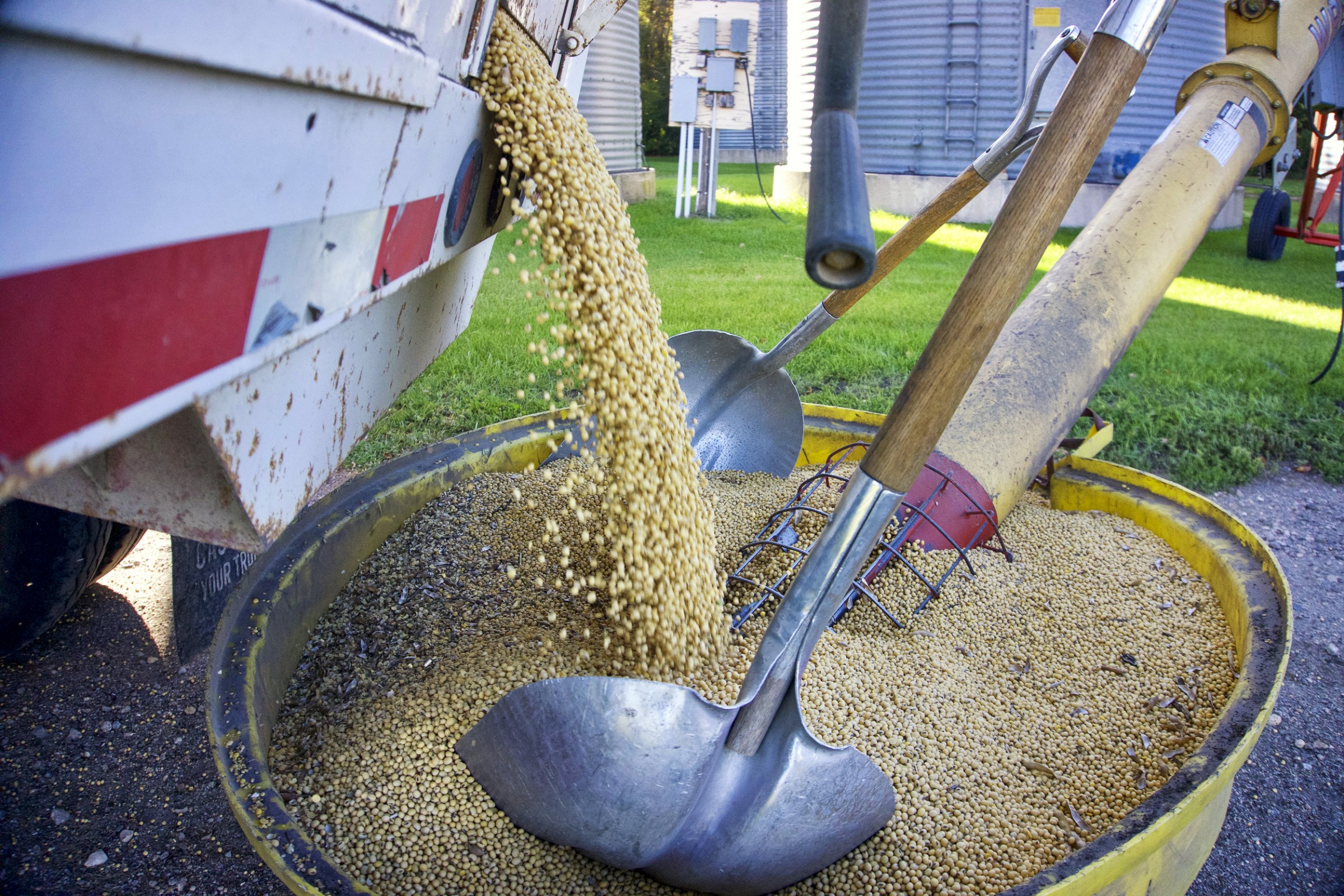
North Dakota’s $9 billion-a-year agriculture sector is dominated by crop production, including the $2.3 billion soybean harvest, the nation’s eight largest. Here soybeans are harvested in Case County, west of Fargo. Photo by Keith Schneider / Circle of Blue
Dismantling Safeguards
The North Dakota Farm Bureau, founded in 1942 and operating with a $3.2 million annual budget, is one of the nearly 3,000 state and county groups affiliated with the non-profit American Farm Bureau Federation, based in Washington, DC. The parent organization, which calls itself “the voice of agriculture,” is 104 years old and counts 6 million members and $35 million in operating funds. It is regarded as one of the most influential trade organizations in Washington.
The organization earmarks nearly $1 million annually to spend on lawyers to challenge health and environmental provisions – local, state or federal – that would limit nutrient runoff from crop farms and livestock operations. Its work is part of the larger US agriculture lobby that represents the interests of the largest grain, meat, milk, and other food producers that dominate the $1.3 trillion American agriculture sector.
Zippy Duvall, the national federation’s president, asserts that his group is intent on “implementing new solutions to protect the land and water.” But the long history of activities by state affiliates and the parent organization do not reflect that goal.
In the 1970s, Farm Bureau lobbying resulted in provisions of the 1972 Clean Water Act that essentially immunized toxic nutrient-rich runoff from farms — so-called “non-point” pollution — from any regulatory controls. The regulatory waivers granted to agriculture resulted in excessive spreading of commercial fertilizers and manure on cropland, causing widespread water pollution across the Corn Belt.
The waivers also were essential to the development of large livestock operations, which are not required to process or treat the 1.4 billion tons of liquid and solid manure they discharge every year and spread on 19 million of acres of US farmland. In 2016, as livestock operations grew larger and more numerous, the US Environmental Protection Agency (EPA) identified nutrient discharges from US farmland as “the single greatest challenge to our nation’s water quality.”
The Farm Bureau appears intent on keeping it that way. The group routinely challenges government efforts to stem the tide of pollution from agriculture, especially from livestock operations. In one case, the Farm Bureau collaborated with the National Pork Producers Council and seven other national and state farm trade groups in a lawsuit challenging a 2008 rule issued by the EPA that required large livestock operations to seek permits for discharging manure in order to reduce runoff into groundwater and streams.
The Farm Bureau and the other plaintiffs asserted that the environmental agency’s rule exceeded its authority under the Clean Water Act. In 2011 the Fifth Circuit Court of Appeals agreed and nullified the rule. It was the last time the EPA proposed regulating discharges from animal operations.
After Food and Water Watch, the Environmental Working Group, and several more environmental organizations petitioned the agency to closely regulate livestock operations, the EPA pledged in August to form a federal advisory committee next year. The advisory group will be charged to study pollution generated by large animal feeding operations, and is expected to take 12 to 18 months to conclude its work.
The Farm Bureau has been equally aggressive in the states. The North Dakota campaign is similar to regulation-weakening campaigns waged in other Corn Belt states.
The Iowa Farm Bureau, the largest and wealthiest state affiliate, resisted land use rules that regulated locations for building livestock operation. In 1996 the Iowa Supreme Court ruled that big hog operations cannot be zoned. More recently, in 2015, Des Moines Water Works, the utility supplying water from the Raccoon River to Iowa’s capital city, sued three upstream counties to curb the toxic nitrate contamination from crop and livestock operations that was showing up at elevated levels in its treated drinking water. The Iowa Farm Bureau financed the counties’ legal defense. US Judge Leonard Strand dismissed all claims against the counties, ruling that Iowa’s contaminated water is a systemic problem for state lawmakers to solve.
County health departments in Missouri felt the power of the Farm Bureau after they adopted ordinances to regulate air emissions and water discharge to limit pollution from livestock operations. The Missouri Farm Bureau challenged that authority. In concert with other state farm groups, the Farm Bureau convinced the state Senate in 2019 to pass a bill that prohibited counties from imposing rules on big livestock operations that were “inconsistent with or more stringent than” state law. The state House approved similar legislation in 2021. Earlier this year the Missouri Supreme Court said both bills were lawful under the state constitution.
And in Wisconsin, the state Farm Bureau is working now to invalidate an ordinance approved by six northwest Wisconsin towns that would regulate the development of new hog installations. One has rescinded the ordinance so far.
“It’s pretty much hand-to-hand combat with the Farm Bureau every day for years now in my town and across farm country,” said Lisa Doerr, a farmer in Laketown, Wisconsin who chaired a local committee that developed the ordinance to regulate hog operations there. “The fight is about protecting our health and property values from water pollution by these corporate livestock factories. Everyone in our town relies on well water for their families and their animals.”
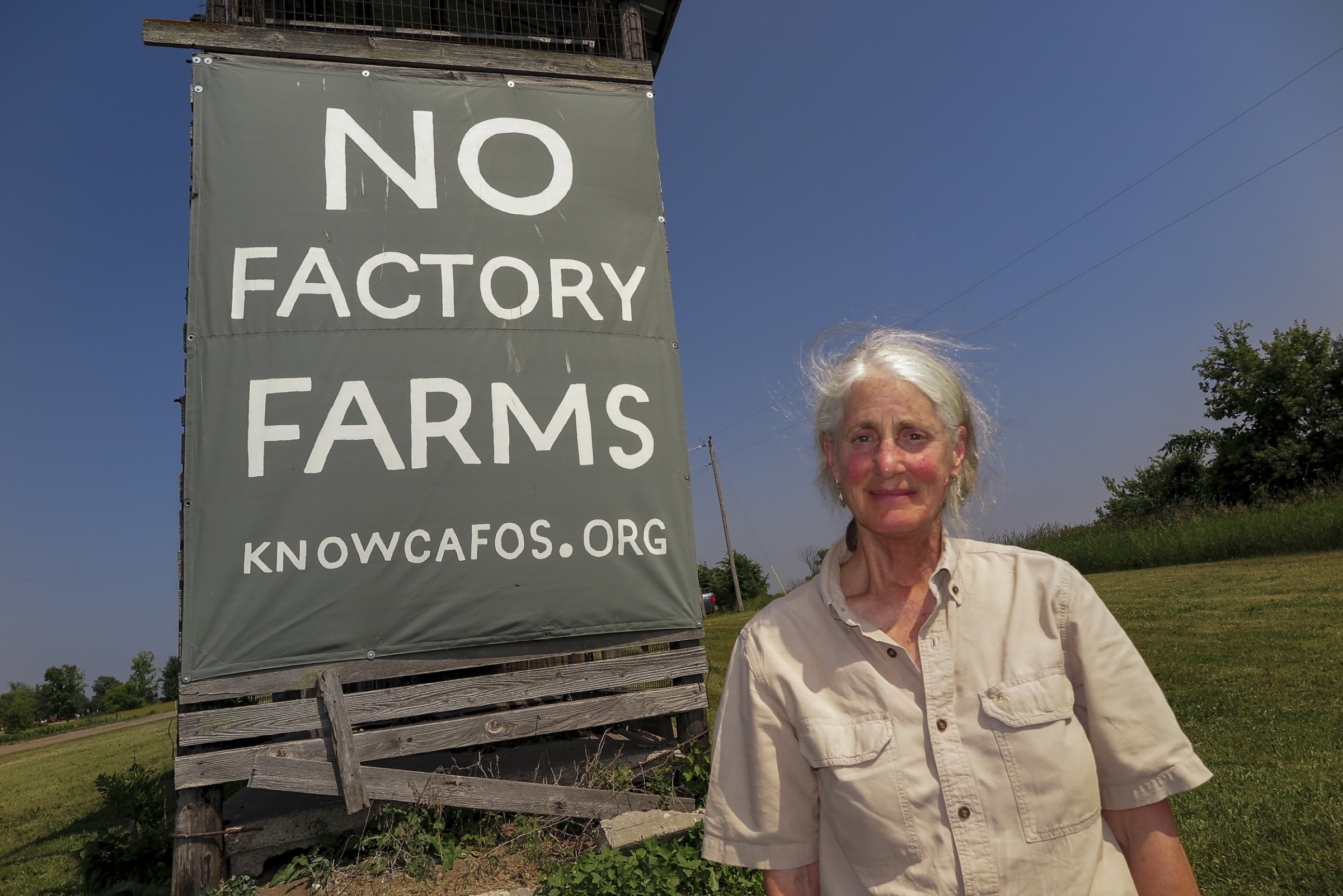
Lisa Doerr, a farmer in Laketown, is a leader of the opposition to large livestock operations in northwest Wisconsin. Photo by Keith Schneider / Circle of Blue
Fighting Back
In 2018, when Pelican Township first began considering whether to allow the hog feeding operation in its community, state zoning law authorized North Dakota townships to decide where big livestock operations could and could not locate. The primary tool townships could use were setback limits– the distance between a big livestock operation and a home, school, or recreational facility. Setback limits establish livestock no-build zones. Townships were authorized to establish setbacks measuring up to a mile and a half.
Such protections reflected a half century of legislation and regulation in North Dakota specifically designed to safeguard communities and natural resources from big livestock operations. In the 1970s, the state established tight regulations to quell odors from industrial livestock agriculture. In 1999, the state Legislature approved amendments to zoning law to give local governments the authority to “regulate the nature and scope of concentrated feeding operations,” and to “set reasonable standards, based on the size of the operation” in order to decide their locations.
In 2000, a task force established by the North Dakota Department of Health wrote the first model ordinance for regulating big livestock operations that prioritized public health and environmental safeguards. Its provisions served as a basis for Pelican Township’s review of the proposed hog operation.
Over 70 percent of the 36-square-mile township is submerged under the waters of Devils Lake, the result of a generation of wet weather that has doubled the lake’s expanse since the mid-1990s. The rest is variously occupied by recreational campgrounds, three cemeteries, and scattered homes where the township’s 23 residents live, all within a mile or two of the lake’s shoreline.
Steinhaus and the other supervisors unanimously rejected the hog facility proposal because no place within its jurisdiction was within the zoning setback limit from a home, a cemetery, or a recreational facility. In other words, there was no safe or appropriate place in Pelican Township to store 9 million gallons of liquid manure that 2,499 pigs would produce each year.
The Farm Bureau sued in 2019, arguing that the township exceeded its authority but a district judge ruled in the township’s favor. Then came a wrinkle. North Dakota’s Howes Township also denied a construction permit to a big hog operation proposed for its jurisdiction and also was sued by the Farm Bureau. But the judge in that case ruled in 2022 in favor of the Farm Bureau. The differing decisions prompted the Farm Bureau to convince the North Dakota Legislature earlier this year to establish a new model zoning task force made up of 15 members dominated by farm interests. Along with the agriculture commissioner and the Farm Bureau president, six seats are now held by members of state agriculture trade groups. Central to the task force’s work is deciding how much distance townships can put between a feeding operation and neighboring homes, businesses, and public facilities.
“The North Dakota Farm Bureau doesn’t want to see folks put in a position where they don’t know what they can and can’t do because the law is unclear,” said Tyler Leverington, a lawyer representing the Farm Bureau. “We should try to write the law clearly.”
The task force recommendations are expected to be made public next year. The legislature meets every two years and will consider amendments to zoning law in 2025. Steinhaus fears that, given the tilt of the committee to livestock development, it’s likely that setback distances will be dramatically reduced or eliminated.
“We know a farmer from Iowa,” Steinhaus said. “He raises pigs there, the old fashioned way. He was here fishing. He said North Dakota reminds him of how Iowa used to be. He said it’s clean and beautiful. After all this, it ain’t going to be beautiful.”
This report was made possible by investigative reporting fellowships awarded by the Alicia Patterson Foundation and the Fund for Investigative Journalism. It is part of an ongoing series looking at how toxic farm-related pollution is damaging public health and water quality across the center of the country. Along with The New Lede, co-publishers include: The Guardian, Great Lakes Now, Michigan Radio, Investigate Midwest, and MinnPost.
Read the full series
Toxic Terrain
Fertilizer and manure in the U.S. Corn Belt contaminate water and ruin the quality of life.
 https://www.circleofblue.org/wp-content/uploads/2024/04/farmer-in-field-1.jpg
869
1423
Keith Schneider
https://www.circleofblue.org/wp-content/uploads/2018/06/Circle-of-Blue-Water-Speaks-600x139.png
Keith Schneider2024-04-16 09:04:062024-04-18 10:33:38Despite $Billions Spent, Tide of Harmful Farm Pollutants Grows Ever Larger
https://www.circleofblue.org/wp-content/uploads/2024/04/farmer-in-field-1.jpg
869
1423
Keith Schneider
https://www.circleofblue.org/wp-content/uploads/2018/06/Circle-of-Blue-Water-Speaks-600x139.png
Keith Schneider2024-04-16 09:04:062024-04-18 10:33:38Despite $Billions Spent, Tide of Harmful Farm Pollutants Grows Ever Larger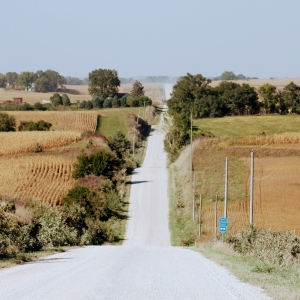
New Report Sparks Questions and Controversy Over Possible Causes for Iowa “Cancer Crisis”
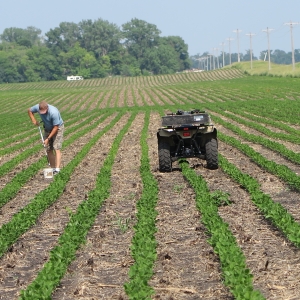 https://www.circleofblue.org/wp-content/uploads/2024/01/IMG_1223.jpg
1600
2398
Keith Schneider
https://www.circleofblue.org/wp-content/uploads/2018/06/Circle-of-Blue-Water-Speaks-600x139.png
Keith Schneider2024-01-31 15:57:382024-02-01 10:29:54Cancer-Related Disease and Deaths Spur Actions to Fight Farm Chemical Contamination in Corn Belt
https://www.circleofblue.org/wp-content/uploads/2024/01/IMG_1223.jpg
1600
2398
Keith Schneider
https://www.circleofblue.org/wp-content/uploads/2018/06/Circle-of-Blue-Water-Speaks-600x139.png
Keith Schneider2024-01-31 15:57:382024-02-01 10:29:54Cancer-Related Disease and Deaths Spur Actions to Fight Farm Chemical Contamination in Corn Belt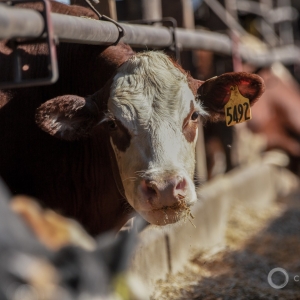
Push to Turn Farm Manure into Renewable Energy Draws Concerns
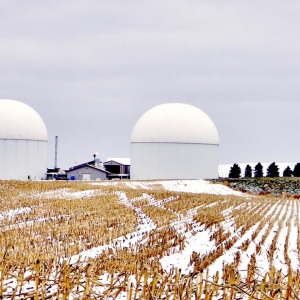
Will Energy From Manure Help or Harm Water Quality in Michigan?
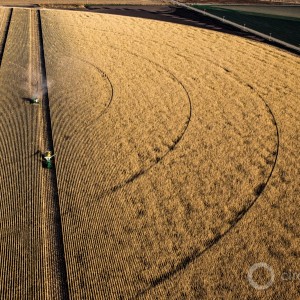
US Regulators Order Minnesota to Clean Up Nitrate Contaminated Water
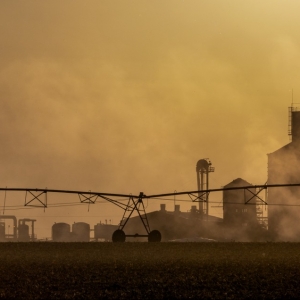
EPA Restarts Assessment of Health Risks from Nitrate in Water
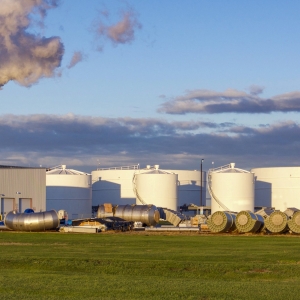
“What We’re Up Against” – North Dakota Towns Fight Farm Bureau to Keep Water Clean
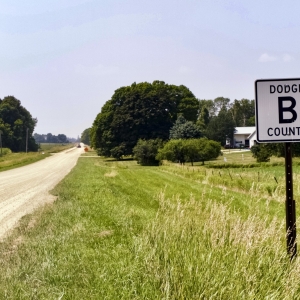
In Minnesota, Families Blame Farm Nutrient Contamination On Heavy Cancer Toll
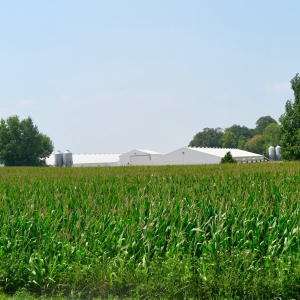
Offering Up Advice For Farmers, Universities Add To US Water Pollution
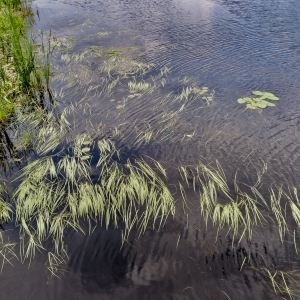
Minnesota Tribe Sets Enforceable Rules To Safeguard Wild Rice and Water Supply
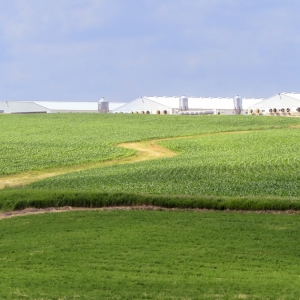
How Big Ag Pollutes America’s Waters and Makes Money Doing It
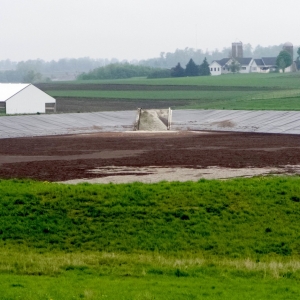
In Iowa, a Tale of Politics, Power, and Contaminated Water

U.S. Pushes Farmers to Develop A New Crop: Energy
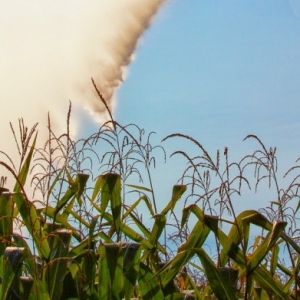
U.S. Counts on “Climate-Smart” Farms to Slow Global Warming
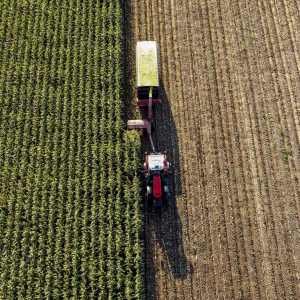
New U.S. Climate Law Will Make Water Contamination Worse
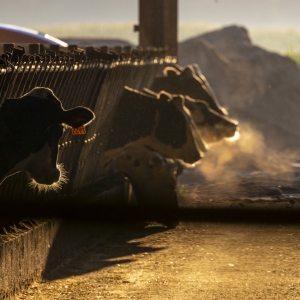
Opposition to CAFOs Mounts Across the Nation
The Alicia Patterson Foundation and the Fund For Investigative Journalism awarded investigative reporting fellowships to support this project. Along with The New Lede, co-publishers include: The Guardian, Great Lakes Now, Michigan Radio, Investigate Midwest, and MinnPost.
Circle of Blue’s senior editor and chief correspondent based in Traverse City, Michigan. He has reported on the contest for energy, food, and water in the era of climate change from six continents. Contact
Keith Schneider
Related
© 2023 Circle of Blue – all rights reserved
Terms of Service | Privacy Policy


